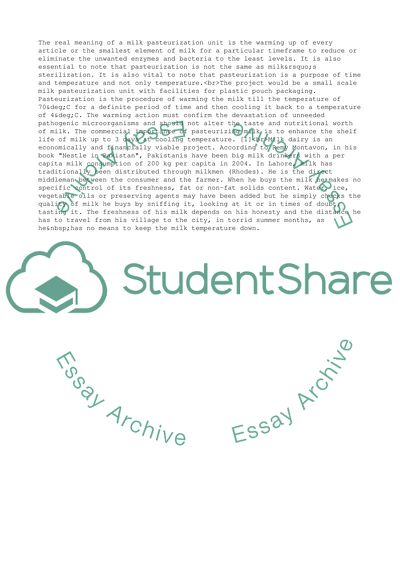Cite this document
(International Trade Research Paper Example | Topics and Well Written Essays - 3000 words, n.d.)
International Trade Research Paper Example | Topics and Well Written Essays - 3000 words. Retrieved from https://studentshare.org/business/1722958-international-trade
International Trade Research Paper Example | Topics and Well Written Essays - 3000 words. Retrieved from https://studentshare.org/business/1722958-international-trade
(International Trade Research Paper Example | Topics and Well Written Essays - 3000 Words)
International Trade Research Paper Example | Topics and Well Written Essays - 3000 Words. https://studentshare.org/business/1722958-international-trade.
International Trade Research Paper Example | Topics and Well Written Essays - 3000 Words. https://studentshare.org/business/1722958-international-trade.
“International Trade Research Paper Example | Topics and Well Written Essays - 3000 Words”, n.d. https://studentshare.org/business/1722958-international-trade.


